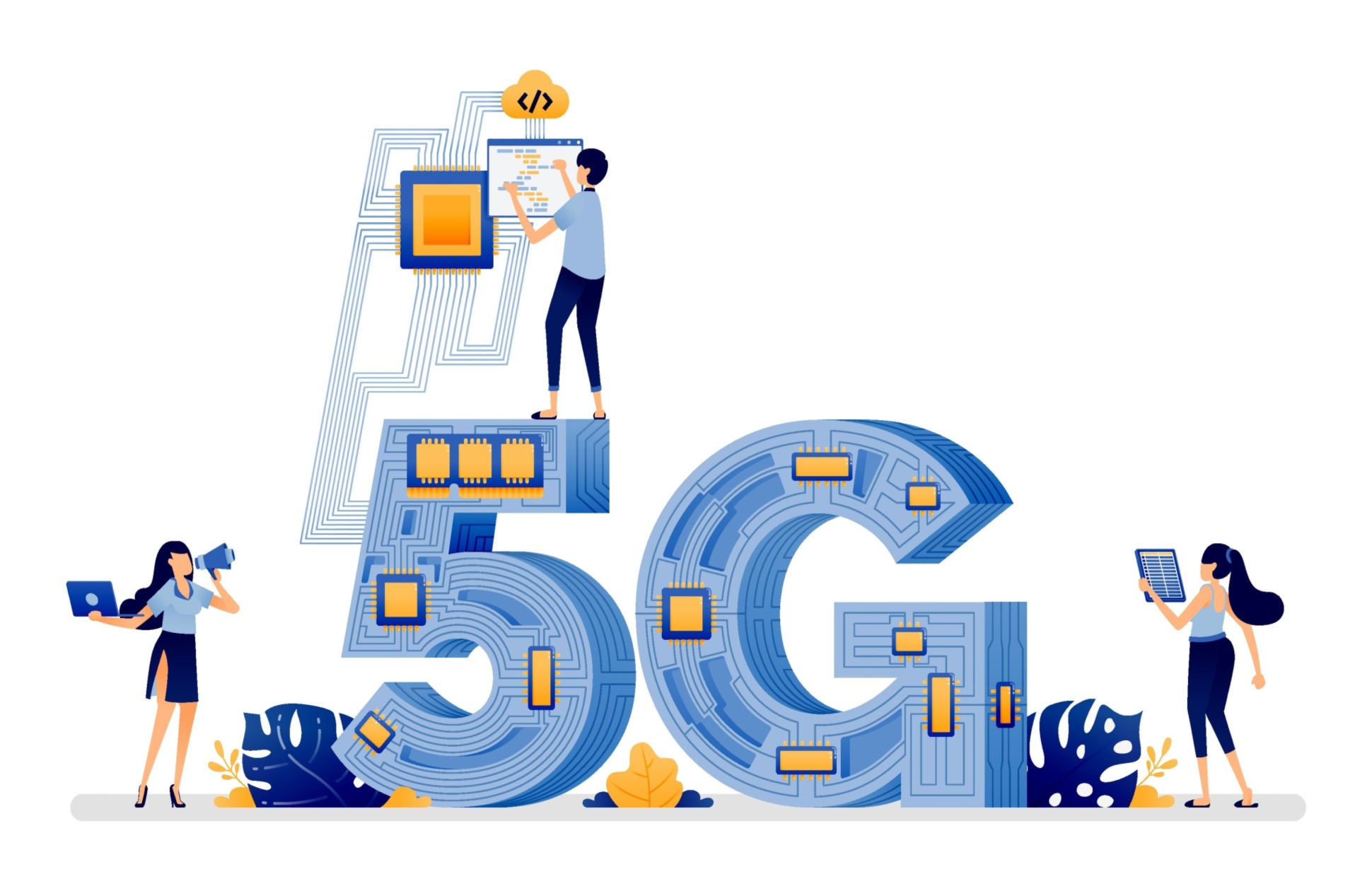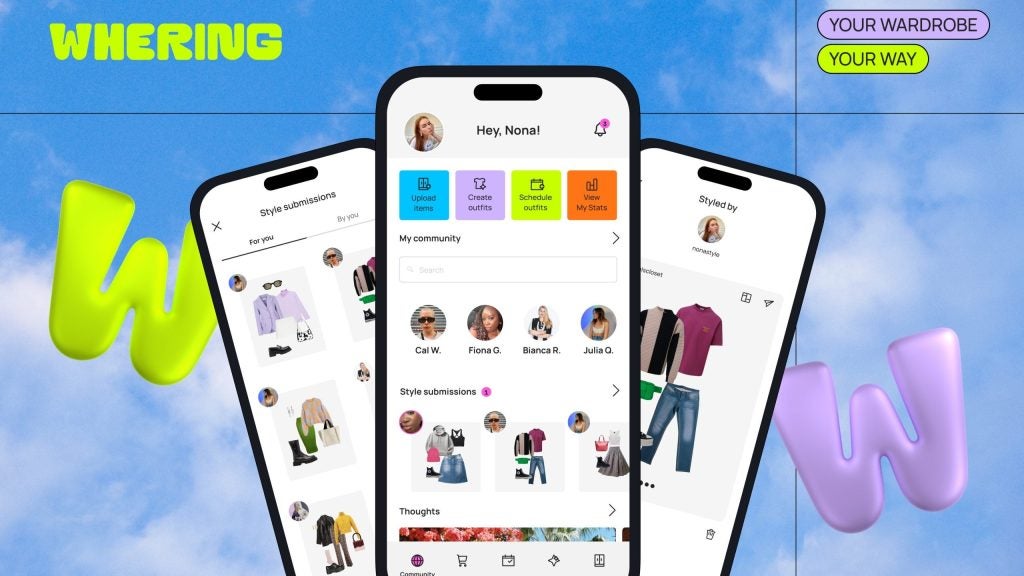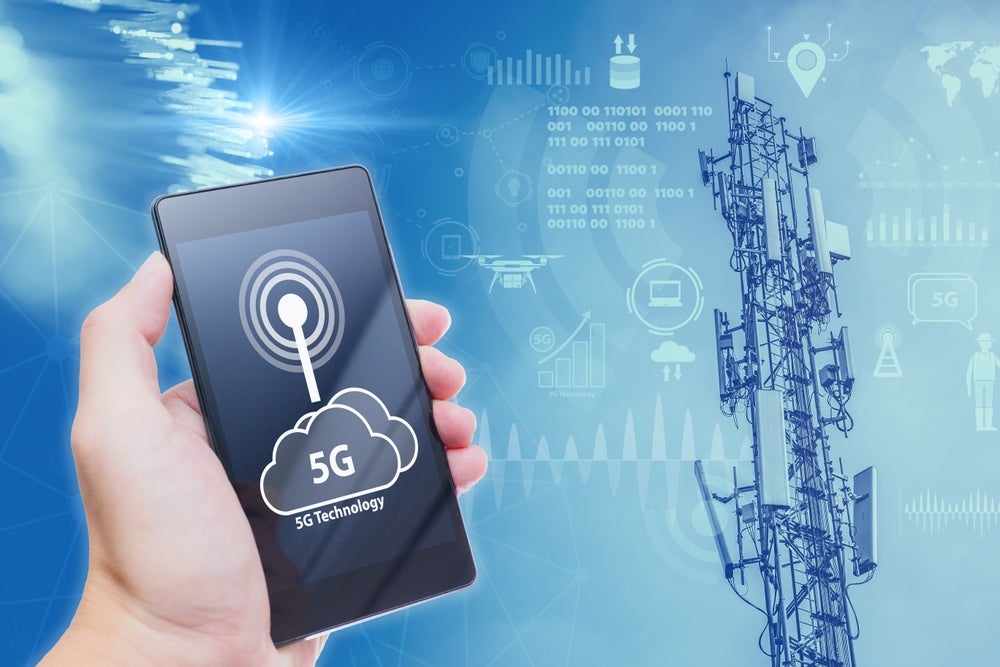Businesses are becoming aware that the power of 5G makes it a genuine alternative to fixed broadband services in the form of ‘fixed wireless access’ (FWA).
All new generations of wireless technology have been heralded as revolutionary, but the hype around 5G was particularly intense. After the relative damp squib or 4G, 5G was heralded as the first ‘true’ data standard for mobile networks. But despite highly impressive headline numbers, mobile network operators are still struggling to justify their investment in the technology and interest from businesses has thus far been mostly speculative.
A standard with much promise
5G technology can support theoretical data rates of 20 Gbps and is already delivering over 100 Mbps in real-world conditions. This capacity is hugely important as data demands grow, but it is in its low-latency (the length of time it takes for a data packet to go from one place to another – also known as lag) potential that it has offered the most exciting prospects.
5G can, in the right conditions, support latency of under 5ms, and possibly as low as 1ms, which is enough to support even the most sensitive of use cases. Think driverless cars or surgery performed remotely.
Mobile providers across the globe have already invested tens of billions of dollars in 5G and it has become one of the most rapidly adopted standards in the history of mobile networks. GlobalData’s research has revealed that the global 5G mobile service market was valued at $36.2 billion in 2020 and is forecast to grow at a CAGR of more than 40% up to 2026. Furthermore, by 2026, the total number of mobile 5G subscriptions will reach 4.1 billion globally, equivalent to 37.1% of total mobile subscriptions.
Why is 5G a ‘failure’?
With numbers like this surely 5G is already a great success? The first answer is (lack of) availability – availability of 5G network coverage and availability of devices that will support 5G. In most countries, 5G coverage remains patchy. Furthermore, the ‘5G’ signal that is available is often not true, ‘standalone’ 5G, but rather 5G piggy-backing on 4G technology.
How well do you really know your competitors?
Access the most comprehensive Company Profiles on the market, powered by GlobalData. Save hours of research. Gain competitive edge.

Thank you!
Your download email will arrive shortly
Not ready to buy yet? Download a free sample
We are confident about the unique quality of our Company Profiles. However, we want you to make the most beneficial decision for your business, so we offer a free sample that you can download by submitting the below form
By GlobalDataTo get the full benefit of 5G, mobile networks will need further upgrades which will take a few more years to come online. The process has also been delayed in multiple markets by delays in releasing the radio spectrum needed to enable 5G to achieve its potential, but this is now beginning to ease in most countries.
Even when 5G is available, it is not always possible to utilize it. Most new mobile devices are now 5G enabled, but 5G modules for scenarios such as smart factories are in shorter supply. This is a situation made worse by the global silicon chip shortage.
How FWA boosts 5G
Perhaps the biggest problem for 5G is that it is so good that nobody has really worked out how to really take advantage of it. But this may be changing.
The rollout of 5G has been uncertain, but so is availability of next generation fiber broadband services, and FWA services offer 5G in a format that is designed to operate in place of traditional wireline services.
5G can help businesses to operate a ‘wires free’ policy for venues such as small offices and retail premises. A router with a 5G SIM can deliver highspeed connectivity and WiFi and requires no more cabling than a power supply. 5G connections can also be delivered in one or two days rather than having to wait for weeks for an engineer to connect a wireline service.
Younger generations at home are already turning away in small but significant numbers from fixed broadband and telephony services, and now businesses are as well. GlobalData has contributed research to scenarios where retail chains are examining the possibility of replacing wireline broadband services with 5G.
5G cannot replace fixed connectivity in every scenario and in many cases wireless and wireline will run side by side. However, FWA is giving 5G the impetus to finally justify the investment and the hype.







